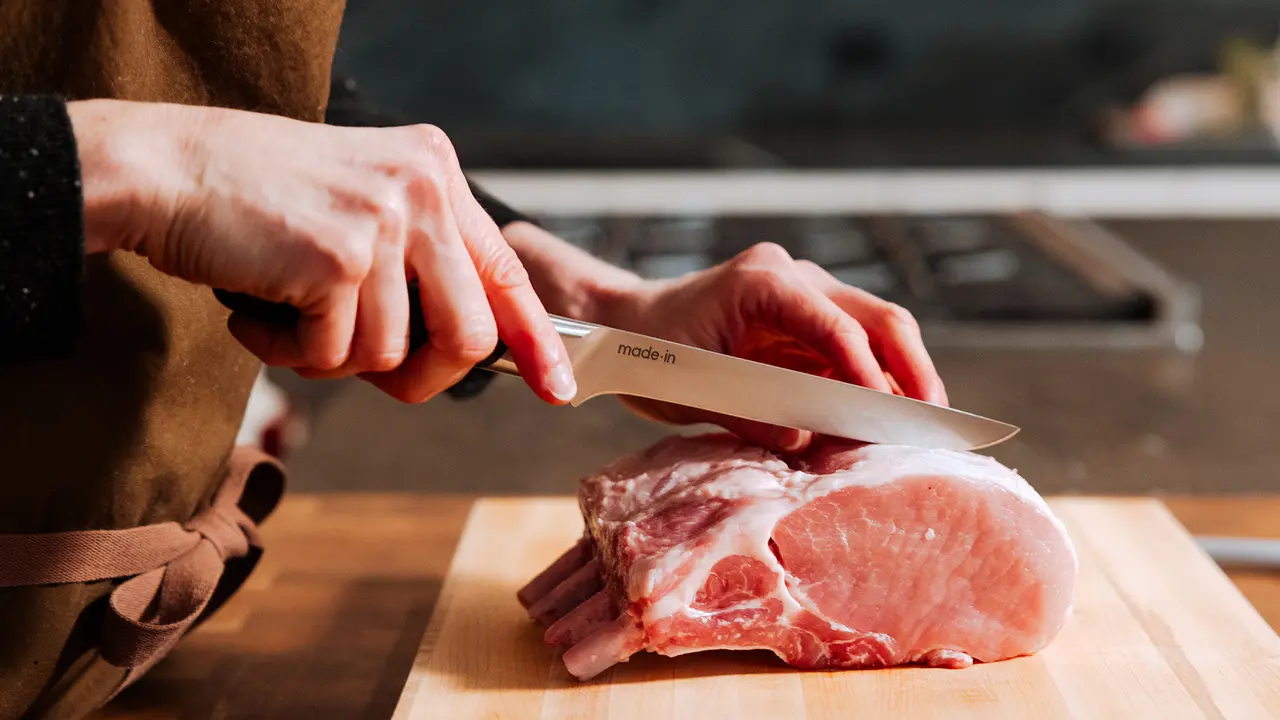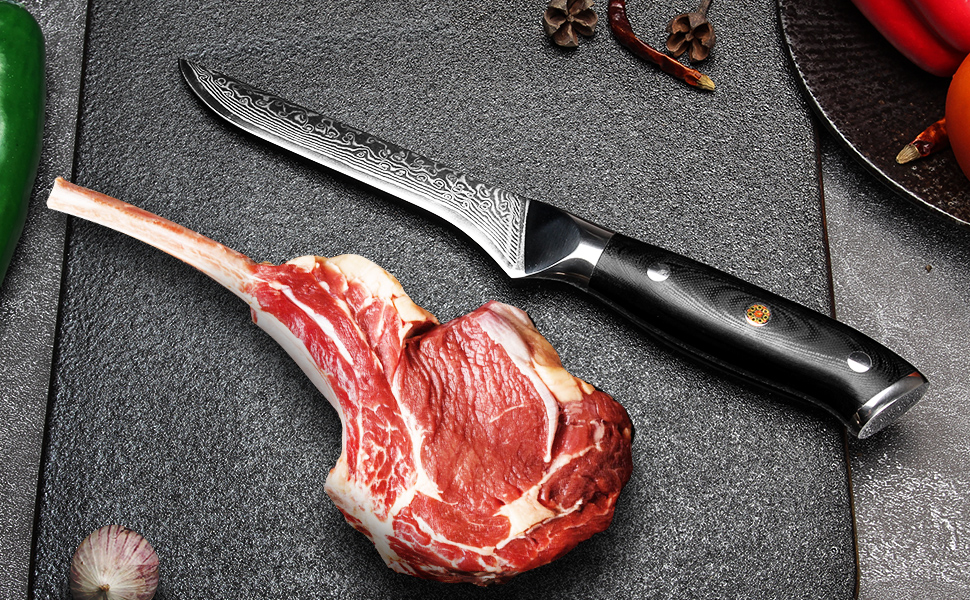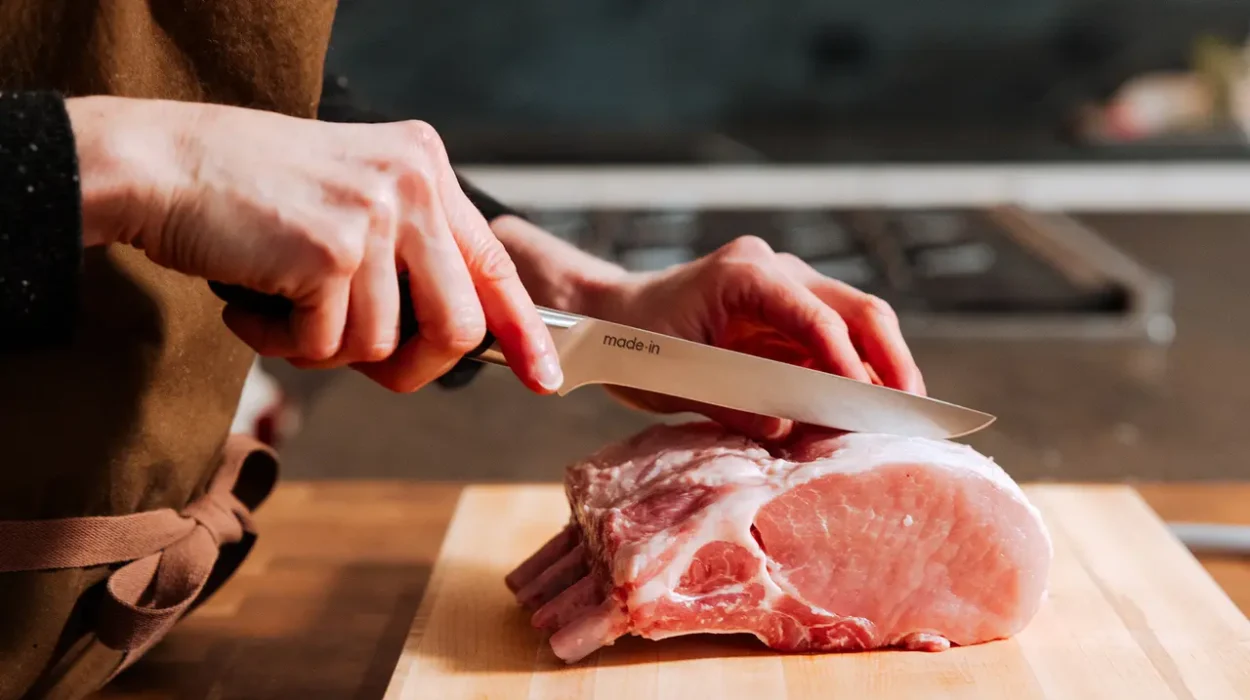In the world of culinary arts, few tools are as essential as the boning knife. Known for its ability to achieve precision cutting, the boning knife is a staple in both home kitchens and professional settings. Understanding how to use this tool effectively can elevate your cooking skills to the next level.

Understanding the Boning Knife
The boning knife is characterized by its long, narrow blade, which is specifically designed for removing bones from poultry, meat, and fish. This tool’s ability to maneuver around joints and bones makes it indispensable for achieving precision cutting. For more details on what a boning knife is used for, you can refer to this detailed guide.
Why Choose a Boning Knife?
Its unique design allows for detailed work, which is crucial for professional chefs and cooking enthusiasts alike. The sharp, flexible blade can get into tight spaces, ensuring clean and precise cuts.
How to Use a Boning Knife for Precision Cutting
Using a boning knife requires skill and practice. First, ensure you have a firm grip on the handle. This provides stability and control. For more on proper grip techniques, visit grip styles.
Steps for Precision Cutting
1. Hold the knife at the correct angle. 2. Make sure to cut away from your body for safety reasons. 3. Use smooth, consistent strokes to achieve precise cuts.
Choosing the Right Boning Knife
Not all boning knives are created equal. Some factors to consider when selecting the right knife include the blade’s flexibility, material, and length. For hunting enthusiasts, a boning knife for deer might be preferable.
Types of Boning Knives
Boning knives come in different shapes and sizes, catering to various needs. The narrow boning knife is ideal for delicate tasks, while wider blades handle larger cuts of meat.
Best Practices for Boning Knife Maintenance
To maintain the effectiveness of your boning knife, regular sharpening is essential. Learn more about the proper sharpening angle to extend your knife’s lifespan.
Storing Your Boning Knife
Proper storage is crucial for maintaining the knife’s edge. Keep it in a knife block or sheath to prevent dullness and accidents.
Safety Tips When Using a Boning Knife
Always cut away from your body and ensure your fingers are clear of the blade’s path. Wearing cut-resistant gloves can also add an extra layer of protection.
Common Mistakes to Avoid
Many people use the wrong type of knife for specific tasks. Its important to understand when a boning knife is appropriate to avoid damaging the blade or the food.
Professional Tips for Using a Boning Knife
For expert advice, check out professional tips. Mastering these skills can enhance your efficiency and precision in the kitchen.
Benefits of Precision Cutting
Precision cutting not only improves the aesthetic of your dishes but also ensures even cooking. This technique can make a significant difference in the presentation and taste of your meals.
Enhancing Food Presentation
Uniform cuts lead to more visually appealing dishes. This is especially important in professional kitchens where presentation is key.

FAQs
What is a boning knife used for?
A boning knife is primarily used for removing bones from meat, poultry, and fish, allowing for precision cutting.
Can a boning knife cut through bones?
No, a boning knife is not designed to cut through bones but to cut around them with precision.
How do I sharpen a boning knife?
Sharpen your boning knife using a sharpening stone or honing steel, maintaining the correct angle as recommended by experts.
By understanding and utilizing the precision cutting capabilities of the boning knife, you can elevate your culinary skills and enhance your kitchen experience. For further reading on the versatility of boning knives, visit the Katto Blog.
This article contains affiliate links. We may earn a commission at no extra cost to you.


